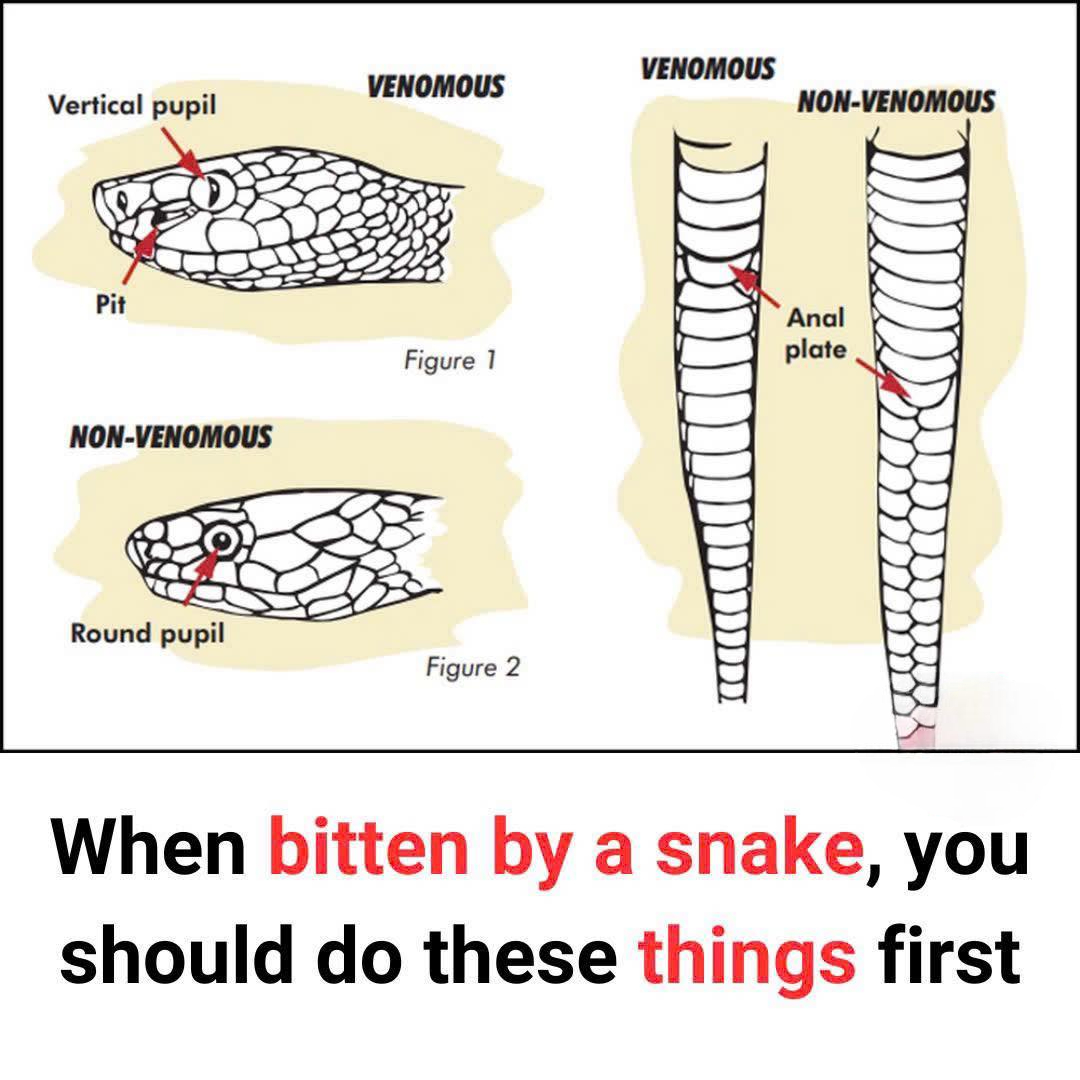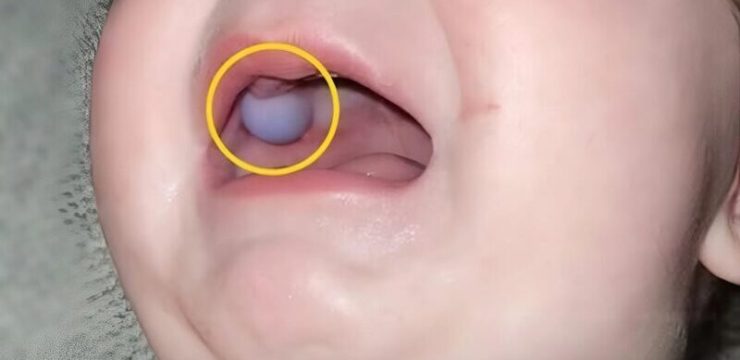Thinking about snake bites can be terrifying, but staying informed can turn fear into confidence. If you ever get bitten by a snake or see it happen to someone else, your reaction in the first few minutes is critical. That’s why understanding what to look for and how to respond can be life-saving. Despite what old movies may suggest, you should never try to suck out the venom or slice open the wound—those are myths that do more harm than good.

Let’s break down what really matters when it comes to snake bites: identifying symptoms, recognizing the types of snakes, and knowing the right first aid steps. First, not all snakes are venomous, and that’s some comforting news. In fact, about 80% of snakes in North America are nonvenomous and won’t cause life-threatening injuries. Still, venomous snakes do exist and their bites can be extremely dangerous. In the United States, the primary venomous snakes include rattlesnakes, copperheads, cottonmouths (also called water moccasins), and coral snakes. Pit vipers like rattlesnakes, copperheads, and cottonmouths typically have triangle-shaped heads, vertical pupils, and heat-sensing pits between the eyes and nostrils. Coral snakes are different—they have round pupils and a distinct color pattern of red, yellow, and black bands.
A helpful rhyme to remember is “Red touches yellow, kill a fellow; red touches black, friend of Jack.” Most snake bites happen when people accidentally get too close, often while hiking or doing outdoor chores. Bites usually occur on the arms or hands. Nonvenomous snake bites tend to result in mild symptoms like localized pain or burning, slight redness or swelling, and small puncture wounds or scratches. These bites are usually not serious unless they become infected or cause an allergic reaction. On the other hand, venomous snake bites are far more serious and symptoms usually develop quickly. Pain at the site is immediate, followed by swelling, bruising, nausea, vomiting, trouble breathing, weakness, confusion, and sometimes a metallic taste in the mouth. Coral snake venom targets the nervous system, and symptoms such as drooping eyelids, slurred speech, trouble swallowing, tingling, numbness, muscle weakness, or even paralysis may occur. If there’s any uncertainty about the type of snake, it’s safest to treat the bite as venomous and seek help immediately. Sometimes, snakes bite without releasing venom—this is known as a “dry bite.”
While less dangerous, these still require medical attention because the wound could get infected or cause complications from stress. So, what should you do if someone gets bitten? First, try to remain calm. Panicking raises your heart rate and causes venom to spread more rapidly. Take deep breaths and try to stay as still as possible. Second, call 911 or emergency services right away. You need professional medical care, possibly antivenom, and the quicker you get it, the better. Third, immobilize the bitten limb and keep it lower than the heart to slow venom circulation. If available, support the limb with a splint or something stable. Fourth, remove any rings, watches, or tight clothing from the bitten area since swelling can occur fast. Fifth, if it’s safe, try to remember the snake’s color and shape, or take a photo from a distance.
This can help doctors determine the appropriate antivenom, but never chase or try to catch the snake. Just as important as knowing what to do is knowing what not to do. Do not suck out the venom or cut into the bite—this can worsen the injury. Don’t apply ice or a tourniquet either; ice can damage tissue, and tourniquets can dangerously restrict blood flow. Avoid alcohol and caffeine, as they raise your heart rate. And never try to catch or kill the snake; you could end up with another bite or waste valuable time. Remember, snakes typically avoid humans and only bite when threatened. If you’re outdoors, wear boots and long pants, stick to clear trails, and don’t reach into areas you can’t see. Ultimately, while snake bites are scary, they don’t have to be fatal if you stay calm and act wisely. Most bites aren’t deadly, but they can become serious if mishandled. Recognizing symptoms, responding appropriately, and avoiding dangerous myths can make all the difference. Spread this knowledge with friends and family so they, too, are prepared in case the unexpected happens.




